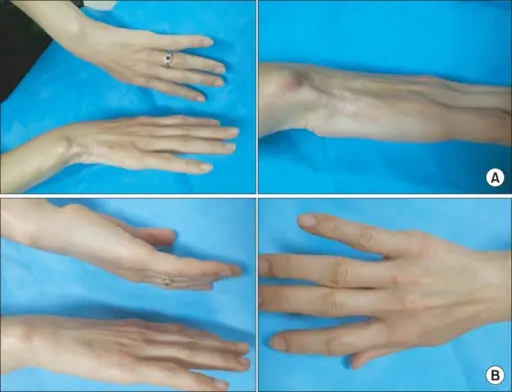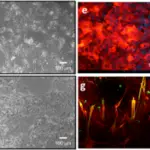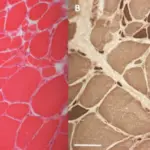Skeletal muscle atrophy is a change that occurs in the muscles of an individual as a result of the conditions of disuse.
What is the Pathology of Skeletal Muscle Atrophy?
The pathology of skeletal muscle atrophy is:
-Etiology: The cause of skeletal muscle atrophy is lack of use.
-Genes involved: None.
-Pathogenesis: The sequence of events that lead to skeletal muscle atrophy includes protein degradation exceeding protein synthesis, leading to a reduction of the cross-sectional area of myofibers and decreased muscle strength.
-Morphology: The morphology associated with skeletal muscle atrophy shows a decreased cross-sectional area of muscle fibers, concomitant reduced whole muscle volume, and mass, but no decrease in the number of fibers.
-Histology: The histology associated with skeletal muscle atrophy shows the reduction in myofiber diameter.
How does Skeletal Muscle Atrophy Present?
Patients with skeletal muscle atrophy typically affect males and females both present at the age range of 40-80 years. The symptoms, features, and clinical findings associated with skeletal muscle atrophy include balance problems, difficulty walking, and falls, difficulty with speaking and swallowing, facial weakness, gradual difficulty walking and speaking, memory loss, tingling or weakness of extremities, impaired balance, and coordination.
How is Skeletal Muscle Atrophy Diagnosed?
Skeletal muscle atrophy is diagnosed using physical exam, blood tests, and electromyogram.
How is Skeletal Muscle Atrophy Treated?
Skeletal muscle atrophy is treated with exercise, physical therapy, and ultrasonic therapy.
What is the Prognosis of Skeletal Muscle Atrophy?
The prognosis of skeletal muscle atrophy is typically good with a normal life expectancy.



